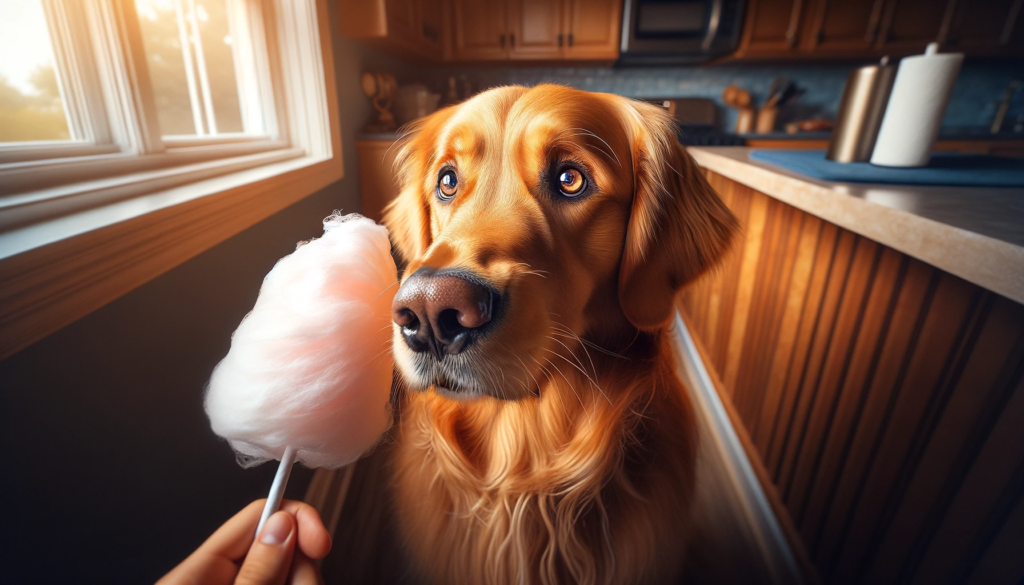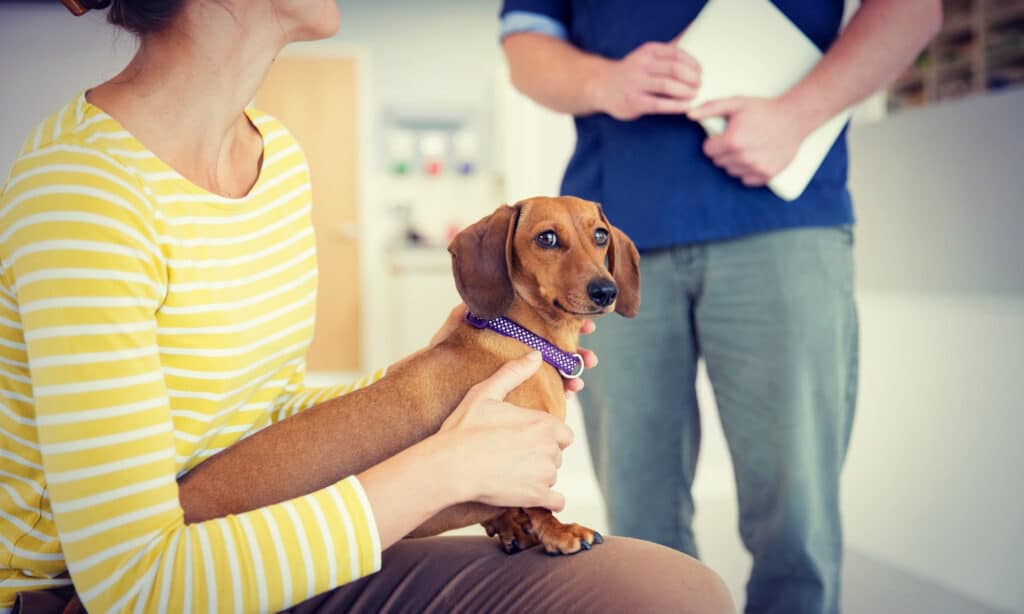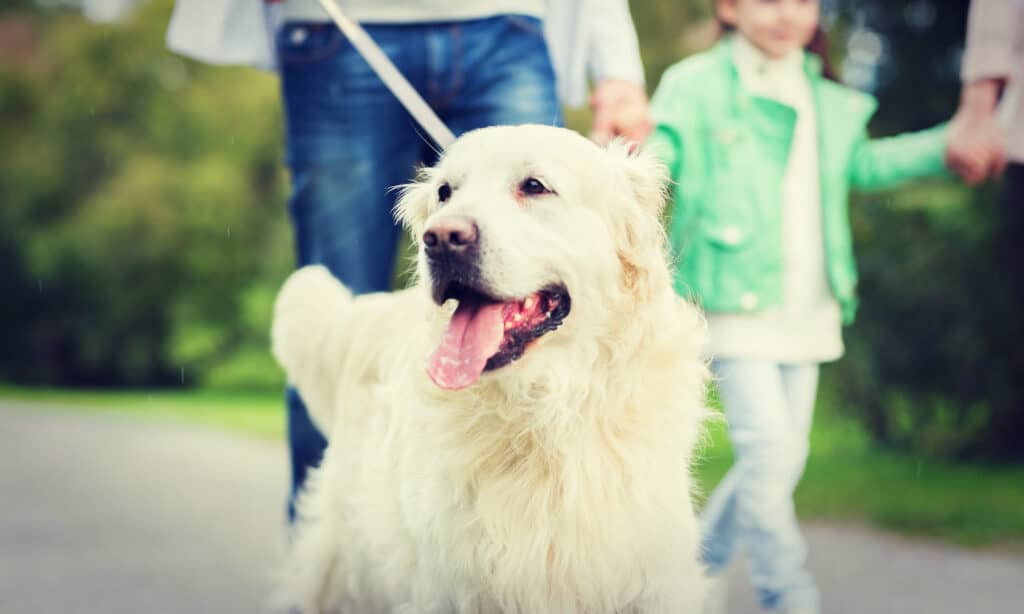What is Cotton Candy?
Cotton candy, a tasty and nostalgic treat, has been a staple at carnivals, fairs, and festivals for decades. Its melt-in-your-mouth texture and vibrant colors make it a favorite among children and adults alike. While humans may enjoy this sugary confection, it’s important to know if your furry friend should have it. The short answer is no, dogs should not have cotton candy. In this article, we’ll delve into the history of cotton candy, its ingredients, and the potential risks it poses to dogs. We’ll also explore safe alternatives for your furry friend. And provide tips on how to prevent your dog from consuming cotton candy and other harmful substances.

What Do They Make Cotton Candy From?
Cotton candy is a spun sugar confection that consists mostly of refined sugar. It’s mixed with small amounts of flavorings and food coloring. The unique texture of cotton candy results from the process of heating and spinning sugar into thin strands. They are then collected and formed into a fluffy, cloud-like mass.
How is Cotton Candy Made?
The process of making cotton candy uses a machine called a cotton candy machine. The machine consists of a central heating unit, a spinning head, and a collecting bowl. First, granulated sugar is poured into the central heating unit, where it is heated to a high temperature, causing it to melt. Flavorings and food coloring are then added to the molten sugar.
The spinning head contains tiny holes, and centrifugal force forces the molten sugar through them. The sugar solidifies into thin strands upon contact with the air. These strands collect on the sides of the collecting bowl, forming a fluffy mass. Finally, gather the cotton candy using a paper cone or a stick to serve as a delicious treat.

Cotton Candy Ingredients
- Refined sugar: The primary ingredient in cotton candy is refined sugar. This provides its sweet taste and serves as the base for creating the fluffy texture.
- Xylitol: Some cotton candy companies may use xylitol as a sugar substitute, particularly for sugar-free variants. Xylitol is a sugar alcohol that is lower in calories and has a lower glycemic index than sugar. However, it is toxic to dogs and can pose serious health risks.
- Artificial color: Cotton candy comes in various colors, most commonly pink and blue. These colors are achieved by adding artificial food coloring to the molten sugar mixture. While most food colorings are safe for human consumption, some may not be suitable for dogs, especially in large quantities.
Risks Associated with Xylitol Consumption
Xylitol, a sugar substitute commonly used in sugar-free products, poses a significant threat to dogs. When ingested, xylitol can cause a rapid release of insulin in dogs. This leads to hypoglycemia (low blood sugar) within a short period. Hypoglycemia can result in various symptoms, including weakness, vomiting, loss of coordination, seizures, and, in severe cases, even death. Additionally, xylitol can cause acute liver failure in dogs, which can also be fatal.
It is crucial never to feed cotton candy containing xylitol to your dog. While not all cotton candy contains xylitol, it’s best to err on the side of caution. Avoid giving cotton candy to your dog altogether. Apart from xylitol, the high sugar content in cotton candy can also be a danger to your dog’s health.

Nutritional Impact of Cotton Candy on Dogs
Cotton candy offers little to no nutritional value for dogs. Its primary ingredient, refined sugar, provides only empty calories, with no essential vitamins, minerals, or nutrients required for a dog’s well-being. Feeding cotton candy to your dog may not only lack nutritional benefits but may also harm their overall health.
Potential Health Consequences of Cotton Candy Consumption:
- Obesity: The high sugar content in cotton candy can lead to an excess caloric intake, increasing the risk of obesity in dogs. Obesity can cause a variety of health issues, including joint problems, heart disease, and a shortened lifespan.
- Dental problems: The sticky and sugary nature of cotton candy can contribute to plaque buildup on your dog’s teeth, leading to dental issues such as cavities, gingivitis, and periodontal disease.
- Diabetes: Regular consumption of sugary treats like cotton candy can increase the risk of developing diabetes in dogs, as it may cause insulin resistance and elevated blood sugar levels.
Given the potential health consequences, it’s best to avoid feeding cotton candy to your dog and instead opt for healthier, dog-friendly treats that provide nutritional benefits and support their overall health.
What to Do if Your Dog Accidentally Eats Cotton Candy
If your dog accidentally consumes cotton candy, it’s essential to remain calm and act quickly. First, try to determine the amount of cotton candy your dog has eaten and whether it contains xylitol. If the cotton candy is xylitol-free, the primary concern would be the sugar content, and you should monitor your dog for any signs of gastrointestinal upset or unusual behavior.

What Should I Do if My Dog Consumes Xylitol-Rich Cotton Candy?
If the cotton candy contains xylitol, it’s crucial to seek immediate veterinary attention. Xylitol toxicity can develop rapidly, and prompt treatment can make a significant difference in your dog’s prognosis. Do not attempt to induce vomiting at home without consulting your veterinarian, as it may cause further complications.
Symptoms to Watch For
If your dog has consumed cotton candy containing xylitol, be vigilant for signs of hypoglycemia and liver toxicity. Symptoms may include:
- Weakness or lethargy
- Vomiting
- Loss of coordination
- Seizures
- Collapse
- Jaundice (yellowing of the skin and eyes)
- Diarrhea

Treatments for Cotton Candy and Cotton Candy Wrapper Poisoning
If your dog has consumed cotton candy or the wrapper, the treatment will depend on the severity of the situation and the specific symptoms presented. For xylitol poisoning, your veterinarian may:
- Induce vomiting if deemed appropriate and safe.
- Administer intravenous fluids and dextrose to stabilize blood sugar levels.
- Provide liver protectants to minimize liver damage.
- Monitor blood sugar levels, liver function, and other vital parameters closely.
In cases where only the sugar content is a concern or if the wrapper has been ingested, your veterinarian may provide supportive care to manage gastrointestinal symptoms and ensure no obstructions are caused by the wrapper. Always consult with your veterinarian for the most appropriate course of action for your dog’s specific situation.
Safe Alternatives to Cotton Candy for Dogs
While it’s best to avoid giving your dog cotton candy, there are plenty of dog-friendly treats that are both safe and nutritious. When choosing a treat for your dog, look for options that are made with natural ingredients and are free from added sugars, artificial colors, and xylitol. Some healthy alternatives include:
- Fresh fruits and vegetables: Many dogs enjoy fruits and vegetables such as blueberries, strawberries, carrots, and green beans. These provide essential nutrients and antioxidants that support your dog’s overall health. Always ensure that the fruits and vegetables you offer your dog are safe for canine consumption and avoid those that are toxic, such as grapes, raisins, onions, and garlic.
- Dog-specific treats: Choose high-quality commercial dog treats made with wholesome ingredients and formulated specifically for dogs. Look for options with limited ingredients, natural preservatives, and no added sugars or artificial colors.
- Homemade treats: Making your dog treats at home allows you to control the ingredients and ensure they are healthy and safe. You can find various dog-friendly recipes online, from simple baked biscuits to frozen fruit and yogurt treats. Always use dog-safe ingredients and avoid common canine allergens.
How to Choose the Right Treat for Your Dog
When selecting a treat for your dog, consider their dietary needs, preferences, and any allergies or sensitivities they may have. You may need to experiment with different treats to find one that your dog enjoys and that meets their nutritional requirements. Always consult with your veterinarian if you have concerns about your dog’s diet or if you are unsure about the safety of a particular treat.

Prevention and Safety Measures
Preventing your dog from consuming cotton candy and other harmful substances like xylitol requires vigilance and proactive measures. Here are some tips to keep your dog safe:
- Store sweets and treats out of reach: Ensure that cotton candy, gum, and other sweets containing xylitol are stored in secure locations that your dog cannot access. This may include high shelves, locked cabinets, or containers with tight-fitting lids.
- Educate family members and guests: Make sure everyone in your household, as well as any visitors, is aware of the dangers of xylitol and the importance of keeping sweets and treats out of your dog’s reach. Encourage them to be cautious when enjoying these items and to promptly clean up any spills or leftovers.
- Keep an eye on your dog during outings: When attending events like carnivals or fairs, where cotton candy may be present, closely supervise your dog to prevent them from scavenging or stealing food.
- Use pet-proof trash cans: Invest in a trash can with a secure lid or a pet-proof locking mechanism to prevent your dog from rummaging through the garbage and ingesting harmful substances.
By taking these preventive measures and closely monitoring your dog’s diet, you can help ensure their safety and well-being while minimizing the risk of accidental ingestion of harmful substances like cotton candy and xylitol.
Peanut Butter and Pumpkin Dog Treats
Ingredients:
- 2 1/2 cups whole wheat flour (or a grain-free alternative such as coconut or almond flour)
- 1/2 cup canned pumpkin (make sure it’s pure pumpkin, not pumpkin pie filling)
- 1/4 cup unsweetened peanut butter (ensure it does not contain xylitol or added sugars)
- 2 large eggs
- 1/2 teaspoon cinnamon (optional)
Instructions:
- Preheat your oven to 350°F (175°C) and line a baking sheet with parchment paper or a silicone baking mat.
- In a large bowl, mix the pumpkin, peanut butter, and eggs until well combined. You can use a hand mixer or a wooden spoon.
- Gradually add the whole wheat flour (or alternative flour) and cinnamon, if using, to the wet mixture. Stir until the dough is well combined and holds together. If the dough is too dry, you can add a small amount of water; if it’s too wet, add a bit more flour.
- On a lightly floured surface, roll out the dough to a thickness of about 1/4 inch. Use dog-themed cookie cutters or a knife to cut the dough into your desired shapes.
- Place the treats onto the prepared baking sheet, leaving a small gap between each one.
- Bake for 20-25 minutes, or until the treats are lightly golden and firm to the touch. Baking times may vary depending on the size and thickness of the treats.
- Allow the treats to cool completely on a wire rack before serving them to your dog. Store any leftovers in an airtight container at room temperature for up to a week or refrigerate for up to 3 weeks.

Conclusion: Can Dogs Eat Cotton Candy?
While cotton candy may be a tempting and nostalgic treat for humans, it’s crucial to recognize that it’s not a suitable snack for our canine companions. The high sugar content, potential presence of xylitol, and lack of nutritional value make cotton candy an unhealthy choice for dogs. By being proactive in storing sweets out of reach, educating family members and guests about the risks, and providing dog-friendly treats, you can keep your furry friend safe and healthy.
Opting for nutritious alternatives, such as fresh fruits and vegetables, high-quality commercial dog treats, or homemade snacks like the peanut butter and pumpkin dog treats, can satisfy your dog’s taste buds without compromising their well-being. Remember, it’s always best to consult with your veterinarian if you have concerns about your dog’s diet or if you’re unsure about the safety of a particular treat. By prioritizing your dog’s health and making informed decisions, you can enjoy a long and happy life together.
~Sheena
